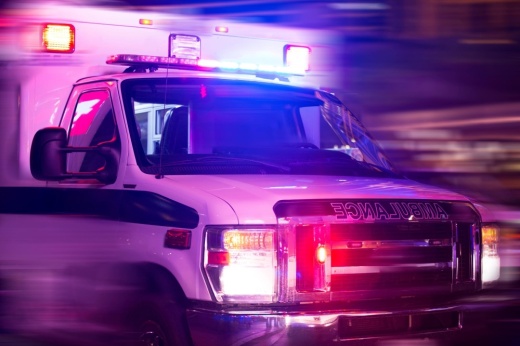The overview
The whole blood program allows EMS to provide blood transfusions on the go rather than waiting for patients to arrive at a hospital.
Whole blood is carried on two centralized supervisor vehicles, which can be dispatched when an emergency call comes in, said Kaila Williams, Fort Bend County Health & Human Services communications director, in an email. Each vehicle carrying blood cost approximately $6,000 to outfit.
To carry blood, ambulances are specialized with additional equipment, including:
- A thermally protected medical transportation system
- An IV fluid warmer
- A freezer
Why it matters
Rather than the traditional practice of intravenous salt water before arrival at the hospital, whole blood helps to provide oxygen to the body and allows for clotting to stop additional patient bleeding, according to a May 20 release.
“With the ability to carry whole blood, we can replace the fluid a patient loses with the fluid they need, leading to better patient outcomes,” Williams said. “This advancement has already resulted in multiple patients arriving at the hospital in significantly improved conditions.”
The whole blood carried by EMS acts as a universal donor and is safe for anyone to receive, she said.
The background
The Southwest Texas Regional Advisory Council spearheaded a similar program in the San Antonio area in 2018. Since its launch, over 2,000 units of whole blood have been administered, according to the release.
Looking ahead
As the countywide program grows, Fort Bend EMS plans to outfit two more supervised vehicles to administer whole blood this year, Williams said.
“Given that blood is a critical and scarce resource donated by generous people across our region, it is imperative to balance the blood we carry with demand to avoid wastage,” she said. “As our population grows and our 911 call volume increases, it is vital to continually evaluate how to supply this critical lifesaving intervention whenever needed.”





